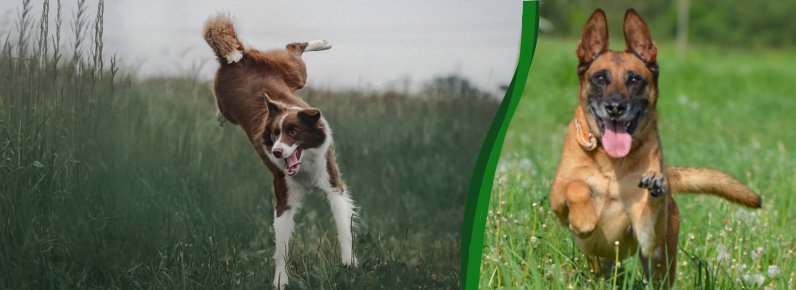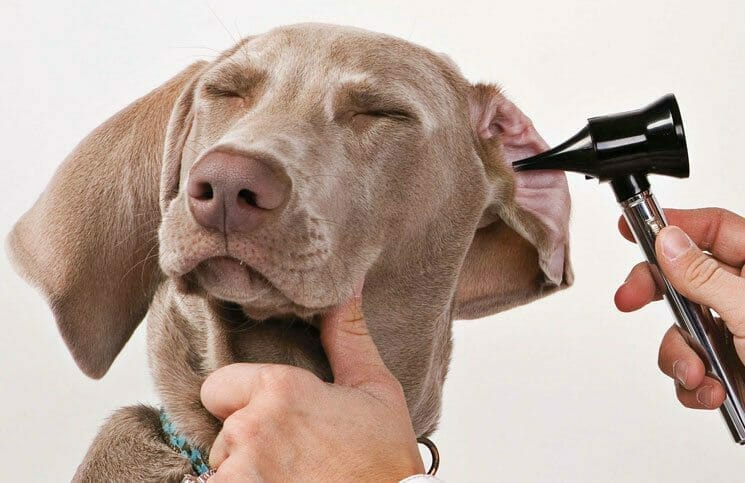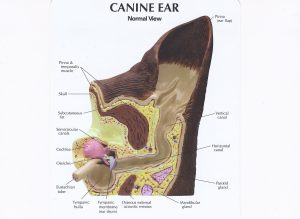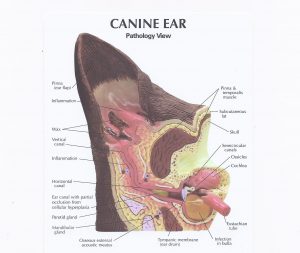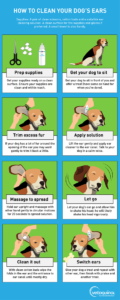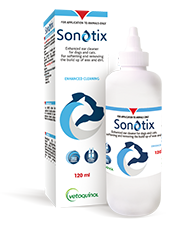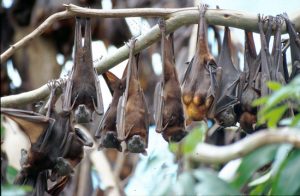
Kalinga Park Vet in Brisbane maintains a large stock of rabies vaccinations that we are authorized to use for animals that are leaving the country. Rabies Vaccines are not widely available as there are expensive to stock.
All animals that receive a rabies vaccination must be microchipped with an ISO-approved microchip. We carry an advanced microchip that also monitors and reports your dog’s body temperature when read with an appropriate reader.

Give us a call or book online if your pet is traveling and needs a rabies vaccine. In general, you want to make sure that your pet has the vaccine at least 30 days before they are due to travel.
Kalinga Park can also perform Rabies Titre testing that can be required for certain countries or if a pet is potentially returning to Australia at a later date.
We provide 2 copies of the internationaly recognized rabies vaccination certificate. We just ask you to give us accurate contact information prior to your appointment to avoid errors on these certificates.
We are also qualified to administer Rabies vaccines to pets that have potential ABLV exposure. These pets also need to be microchipped.

